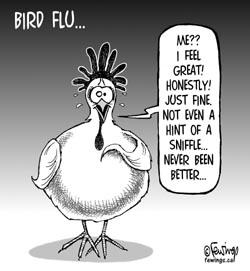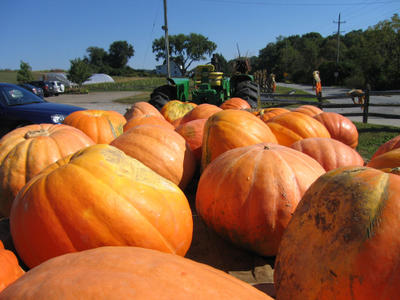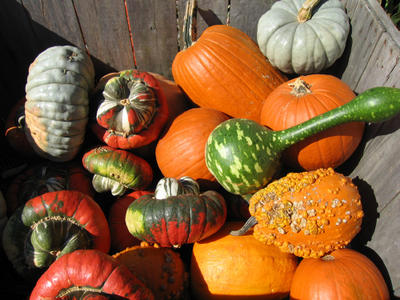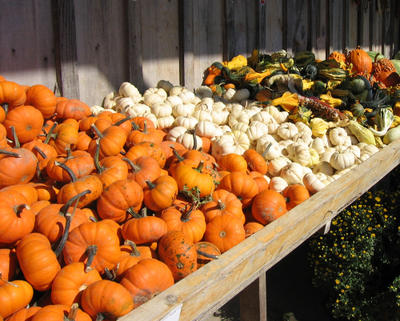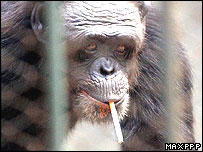The yeas won.
This was the bill I mentioned in my recent post Smelly Networks and the Threat to Organics. Organics is a booming business...
Note the increase in sales of prepared foods (beverages, snacks, etc.) in the last decade, compared to the relatively benign growth of produce. There's money to be made in "USDA Organic" cookies - you can bet your organic soymilk there is.
It appears that Congress caved to the pressure of major food producers (Smucker's, Dean Foods, Kraft, etc.). It appears that Congress did not cave to the pressure of 300,000 letters sent by concerned citizens alarmed over the increasing propagation of worthless standards.
The Bill will:
- Allow a wider use of synthetic ingredients in foods sold under the "organic" label.
- Allow dairy cows to be treated with antibiotics and fed genetically engineered feed prior to being converted to organic production.
- Give the USDA liberal discretion in granting "emergency exemptions" to industry to use chemical synthetics in place of natural ingredients when the natural ingredients aren't readily available or are too expensive.
"The move has been widely derided as a loophole for companies that want part of the annual $11 billion organics, the fastest growing segment of the food industry ... without the added cost of adhering to stringent organic standards."
If you'd like to read the Bill, it's available in its entirety from the Library of Congress' online legislative info site, Thomas. Just go to Thomas and enter bill number H.R. 2744 in the search box.
The Organic Consumers Association has a good summary:
Congress Rams Through OTA Sneak Attack on Organic Standards Despite Massive Consumer Opposition
 My response to this unfortunate set of events? I won't expect packaged goods labeled with the USDA's organic seal to be all that organic. (And I'll feel like a real chump paying a premium for them.)
My response to this unfortunate set of events? I won't expect packaged goods labeled with the USDA's organic seal to be all that organic. (And I'll feel like a real chump paying a premium for them.)


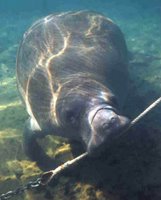








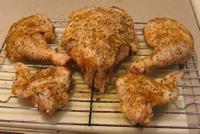
 I saw a woman yesterday whose eating disorder had left its imprint on her temples, literally. There were carved out hollows where her temples would have been. At her age, much of this bone loss is probably irreplaceable.
I saw a woman yesterday whose eating disorder had left its imprint on her temples, literally. There were carved out hollows where her temples would have been. At her age, much of this bone loss is probably irreplaceable.
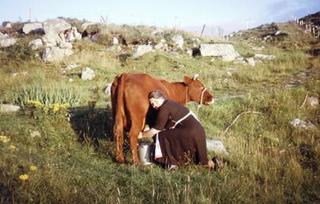
 Anyway, the Dirty Greek makes reference to a Starbucks Challenge being waged by
Anyway, the Dirty Greek makes reference to a Starbucks Challenge being waged by 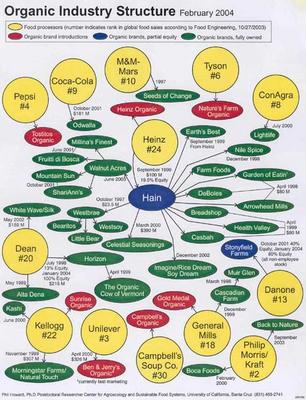
 While I'm talking about codes...
While I'm talking about codes...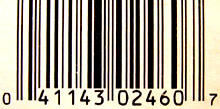 You can look up a UPC here:
You can look up a UPC here: Look at its PLU (Price Look Up) code. It's usually printed on a sticker stuck to the fruit, hanging from a twist-tie that wraps a bunch of greens, etc.
Look at its PLU (Price Look Up) code. It's usually printed on a sticker stuck to the fruit, hanging from a twist-tie that wraps a bunch of greens, etc.